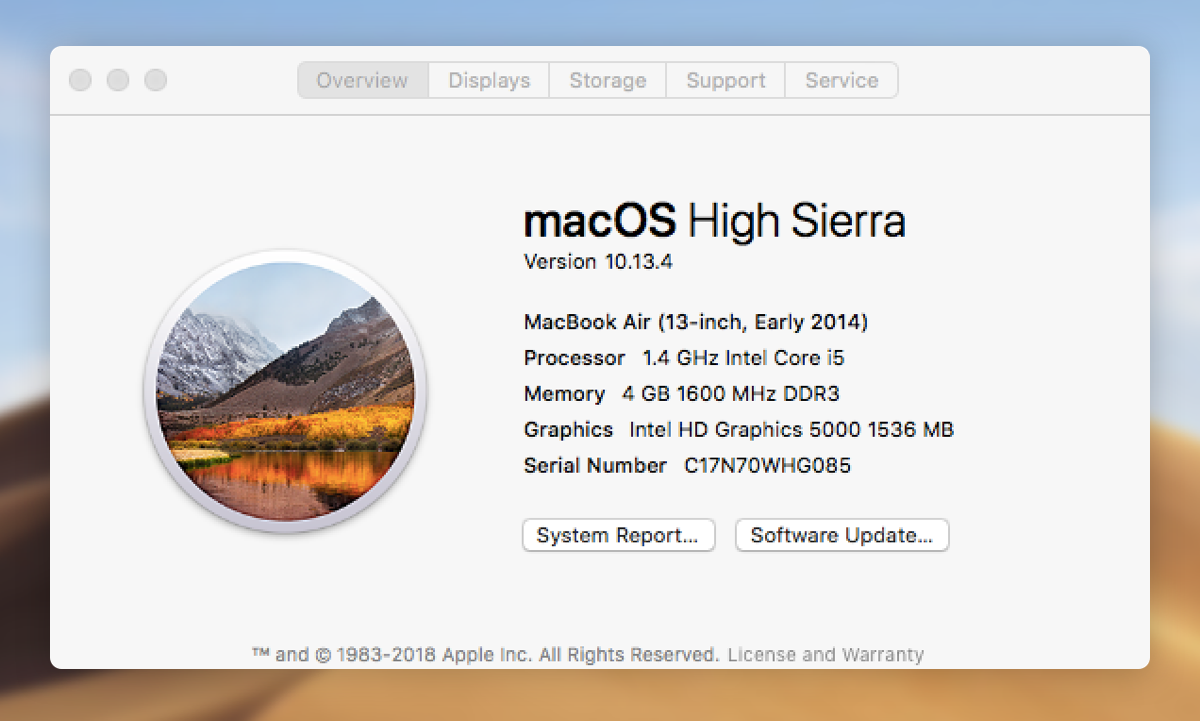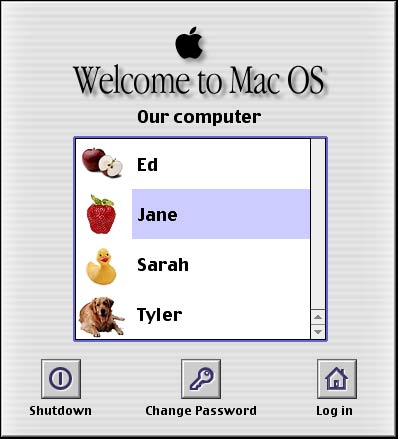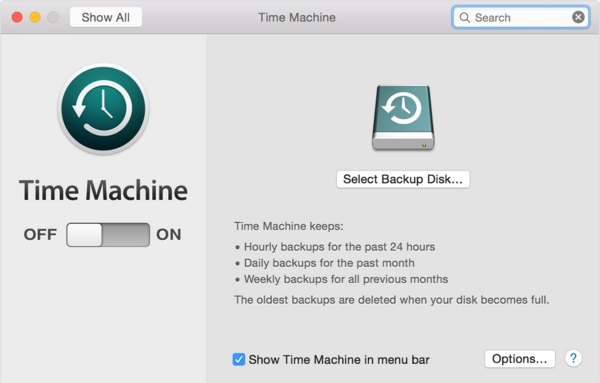

- #DOWNGRADE MAC OS 9 TO 8 FOR MAC OS#
- #DOWNGRADE MAC OS 9 TO 8 MAC OS X#
- #DOWNGRADE MAC OS 9 TO 8 DRIVERS#
- #DOWNGRADE MAC OS 9 TO 8 UPDATE#
However this was the final notebook that could boot Mac OS 9.


#DOWNGRADE MAC OS 9 TO 8 MAC OS X#
The 1GHz Titanium Powerbook G4 “Antimony” model A1025 released in 2002 can boot both Mac OS 9 and Mac OS X and is often installed with a “dual boot” configuration. QEMU has experimental support for running Mac OS 9 using PowerPC G4 emulation. The PearPC PowerPC emulator does not support Mac OS 9. However, SheepShaver cannot run Mac OS versions newer than 9.0.4, as there is no support for a memory management unit. Mac OS 9 can be emulated by using SheepShaver, a PowerPC emulator available on multiple operating systems, including Intel-based Macs. The Classic Environment remains in the PowerPC version of 10.4 however, x86 versions of OS X do not support the Classic environment.

#DOWNGRADE MAC OS 9 TO 8 FOR MAC OS#
Developer documentation of the Rosetta PowerPC emulation layer revealed that applications written for Mac OS 8 or 9 would not run on x86-based Macs. In June 2005, Jobs announced that the Macintosh platform would be transitioning to Intel x86 microprocessors. Mac OS 9.2.2, released in December 2001, was the final version of Mac OS 9 and the "classic" Mac OS. In May 2002, at Apple's Worldwide Developers Conference in San Jose, California, Steve Jobs, accompanied by a coffin, held a mock funeral to announce that Apple had stopped development of Mac OS 9.
#DOWNGRADE MAC OS 9 TO 8 DRIVERS#
In addition, some drivers and other software which directly interact with the hardware fail to work properly. They demonstrate screen redraw problems and lagging performance. Some Mac OS 9 applications do not run well in Classic. This requires Mac OS 9 to be installed on the computer even though computers that can run the Classic environment are not necessarily able to boot into Mac OS 9. This is achieved through running Mac OS 9 without access to its Finder inside OS X. PowerPC versions of Mac OS X prior to 10.5 include a compatibility layer (a shell) called Classic, enabling users to run applications and hardware requiring Mac OS 9 from within OS X. Addition of a "Window" menu to the Finder (introduced in Mac OS 9.1).CD Burning in the Finder (introduced in Mac OS 9.1).USB Printer Sharing, a control panel allowing certain USB printers to be shared across a TCP/IP network.An updated version of AppleScript with support for TCP/IP.Remote Access Personal Server 3.5, including support for TCP/IP clients over Point-to-Point Protocol (PPP).Improved font management through FontSync.Speakable Items 2.0, also known as PlainTalk, featuring improved speech synthesis and recognition along with AppleScript integration.A redesigned Sound control panel and support for USB audio.
#DOWNGRADE MAC OS 9 TO 8 UPDATE#


 0 kommentar(er)
0 kommentar(er)
